As sustainability garners more attention, the term “fast fashion” becomes increasingly prevalent. But what exactly does this term mean? Why is it so bad?? While it allows consumers to buy trendy, low-priced outfits, the true cost of this industry is often hidden. In today’s post, we will be defining exactly what this term encompasses, its downsides, and how you can (and should!) avoid it.
Read More ➥Tag: fast fashion
bookmark_borderIs Temu Sustainable? Why You Must Avoid Shopping Here
Hey earth muffins! If you’ve been on Tik Tok (or any social media platform recently) you know about Temu. This company sells basically everything for super cheap – and it has no shame advertising this fact. Fast fashion has become a ubiquitous term in the world of clothing retail. These companies prioritize quick turnover, low prices, and the latest trends; but, the true cost of this business model goes far beyond the price tag. And, unfortunately, “fast” companies (like fast furniture) now encompass many other types of businesses too! In this blog post, we’ll try to answer this question: is Temu sustainable??
Read More ➥bookmark_borderThe Problem with Sustainable Fashion Brands
Hey earth muffins! The rise of sustainable fashion brands has sparked a transformative wave in the fashion industry. While these companies are much better than their fast fashion counterparts, there are still challenges that exist with sustainable fashion. In this blog post, we will dive into all of the problems with sustainable fashion brands, from cost considerations to greenwashing risks. Hopefully this gives you a better perspective the next time you go to purchase clothing from one of these companies.
Read More ➥bookmark_borderHere’s All The Reasons Why You Should Avoid Shein
Hey earth muffins! Shein is a popular online retailer known for its trendy and affordable fashion. It has been dominating spaces like TikTok but has also been getting negative attention for its various poor practices. It’s important to consider the ethical and environmental implications of supporting fast fashion brands like Shein. Here are some reasons why you should avoid Shein at all costs!
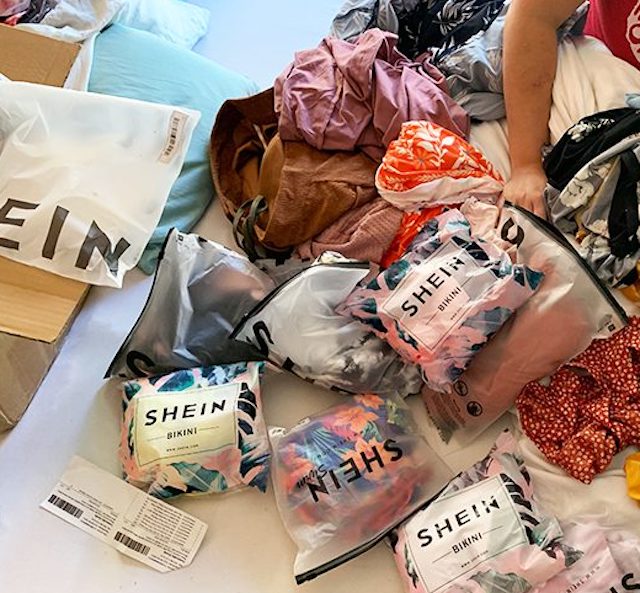
~The terrible environmental impact
Firstly, fast fashion is notorious for its negative environmental impact. Shein’s business model relies on producing large quantities of cheap clothing, leading to excessive resource consumption and waste. This makes it easy to spot Shein as a fast fashion brand. The production process involves extensive water usage, toxic chemical dyes, and the release of greenhouse gases. Instead, you can avoid this by shopping secondhand for more sustainable clothing.
Read More ➥bookmark_borderHow to Spot Fast Fashion Brands & Their Red Flags
Hey earth muffins! In recent years, fast fashion has become a hot topic due to its negative impact on the environment and human rights. Fast fashion brands prioritize cheap and trendy clothing over quality and sustainability, which often leads to overconsumption and waste. If you want to make more sustainable fashion choices, it’s important to know how to identify and spot fast fashion brands. Here are some key things to look for:
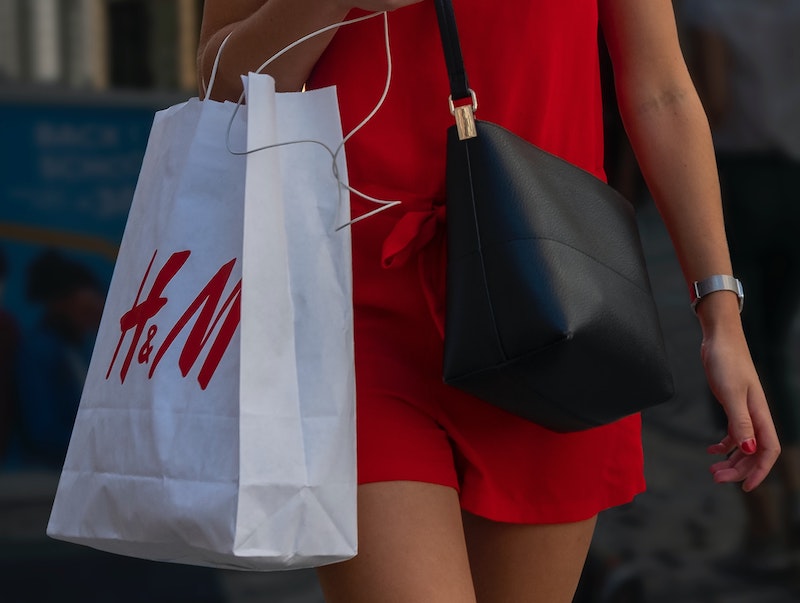
~LOW prices
One of the obvious signs of a fast fashion brand is its low prices. Brands like Shein, Forever21, etc. produce clothes quickly and cheaply. This allows them to sell their products at prices that are much lower than more sustainable brands. If you see an article of clothing that costs only a few dollars, it’s likely that it was made by a fast fashion company.
Read More ➥bookmark_borderIs The H&M Conscious Choice Line Actually Eco-Friendly??
Hey earth muffins! While thrifting is always my number 1 choice when it comes to purchasing new clothes, I have been curious lately to see if “normal” fast fashion companies are getting better when it comes to sustainability. H&M is the first brand I think of that broadcasts it’s sustainability values to the world, so I wanted to take a look into their eco-friendly clothing line – Conscious Choice.

What is H&M’s Conscious Choice Line?
According to the H&M website, pieces “created with a little extra consideration for the planet” are labeled as part of this “exclusive” line. In order to qualify for this range, each product must meet the following:
Read More ➥bookmark_borderHow Do Sustainability Scores Compare Amongst 7 Trendy Fashion Brands??
Hey earth muffins! For today’s post, I thought it would be interesting to discuss something I don’t particularly care about: trendy fashion brands. Many popular, fast fashion clothing companies are not eco-friendly. Personally, I shop for my clothes secondhand; you can find amazing thrifted pieces if you know what to look for! I thought it would be interesting to take 7 different “trendy” brands and compare their fashion sustainability scores. These scores are from Good on You (one of my favorite sustainability apps!) and Remake. Let’s jump right into it!

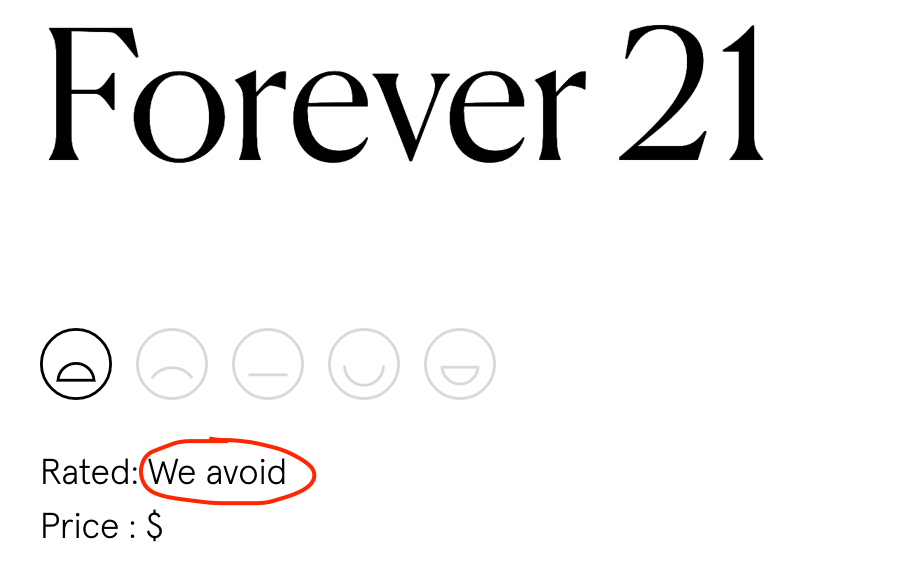
I’ll admit it – I was a sucker for Forever 21 back in the day. I could buy a lot with little money… Which ironically I can now do at the thrift store. 😅 Their Good on You ranking is the lowest on the scale: “We Avoid”. This is due to the fact that they don’t share their environmental policies. While they minimize animal cruelty by not using furs, the labor practices are also not transparent. Remake also mentions that they often rip off designers as well. Definitely not a brand I am looking to support any time soon!
Ah, the infamous H&M greenwashing. I feel like this brand has been getting a ton of heat recently about their “conscious” line and who they have selected as brand ambassadors. I’ve called out H&M before in my “What is Greenwashing” post; but, at least they are trying to make some changes as a fast fashion company. The company uses some eco-friendly materials, discloses many of their labor policies, and has an animal welfare policy that is aligned with Five Freedoms. I’m curious to see how this brand continues to up its fashion sustainability scores in the future!

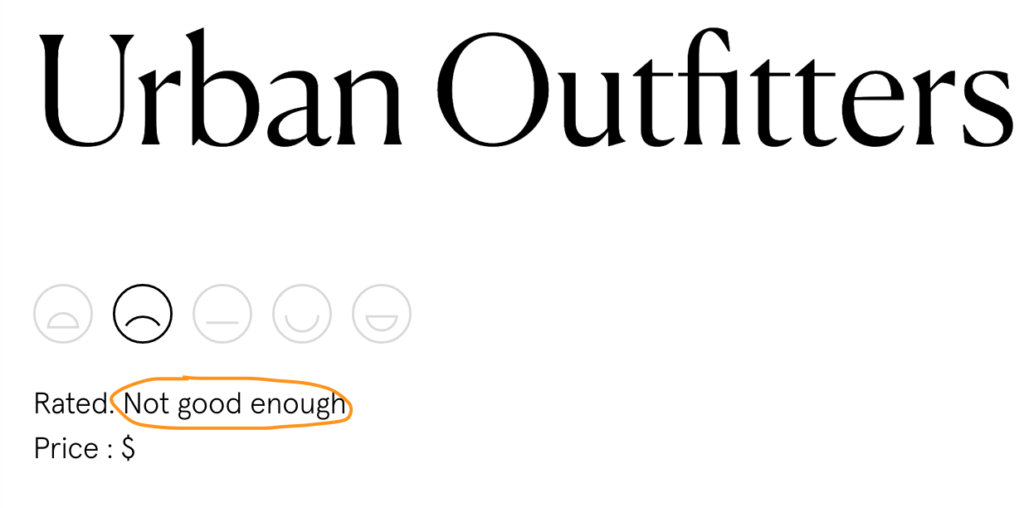
I feel like in many of the YouTube videos I watch, Urban is mentioned at some point. While I commend them for using reusable bags instead of plastic, they still have a ways to go. It ranks poorly in all the Planet, People, and Animal categories. This makes their sustainability score pretty low overall. I definitely wish a more eco-friendly company would be considered as “trendy” as Urban!
Many influencers also seem to be obsessed with Princess Polly, but their ratings are not good. Just like Forever 21, the company doesn’t do a good job sharing their environmental or labor policies. While Remake mentions that they do have some ethical manufacturing goals, they are all focused on the future with little to no steps on how to get there. Plus, they charge a higher price to hurt the planet; it’s a no from me!

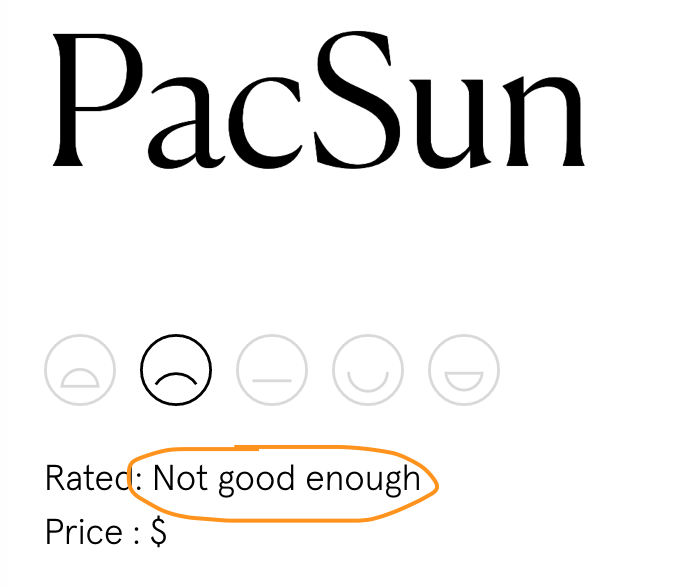
While the vibe of PacSun reminds me of surfing and the great outdoors, it doesn’t seem like this company actually cares about Mother Earth. Good on You gives them a 1 out of 5 in the Planet category; there is absolutely no transparency when it comes to their environmental policies. I think I’ll take my sunshine elsewhere…
While the Madewell Eco Denim collection scores an incredible 63/100 points on the Remake sustainability scale, the overall brands gets a 29. 😖Yikes. Sounds like we definitely need those tips for identifying greenwashing! Good on You gives them a 2/5 for each of their categories, so it looks like there can (and should) be a lot of improvement!
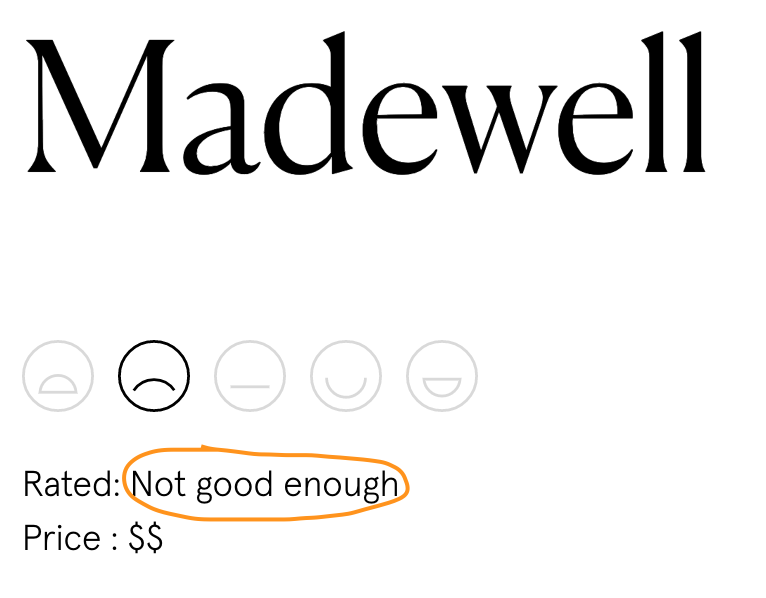
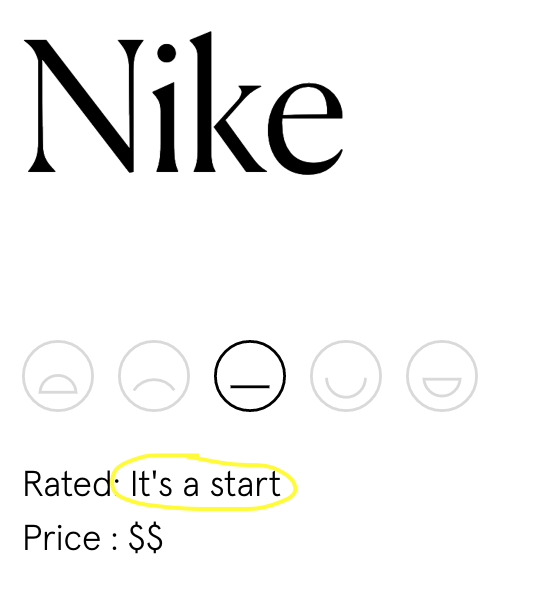
You think I could forget about Nike? No way! While they use some recycled materials and have a Manufacturing Map to share where your products are made, it still scores a 38/100 on Remake. There are still some gaps in terms of transparency and sustainability, which makes its fashion sustainability scores low. With such an iconic brand, it is a shame they don’t use all of their money to reduce their impact on Mother Earth!
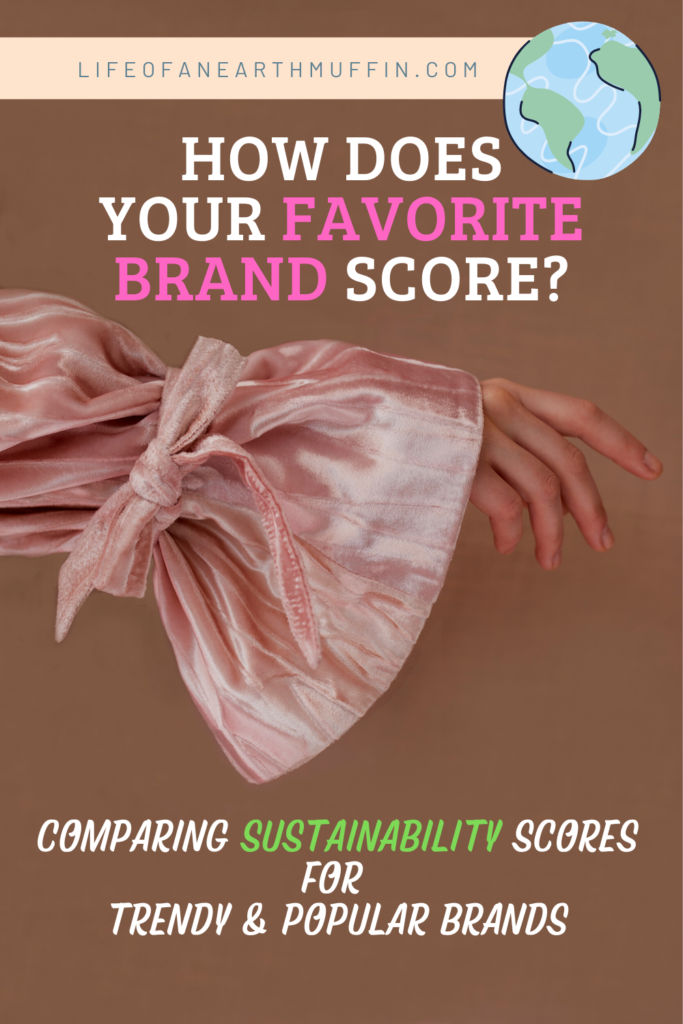
Fashion Sustainability Scores: Final Thoughts!
In our final tally, it looks like we have 2 brands in the “We Avoid” rank, 3 in “Not Good Enough”, and 2 in “It’s a Start”. While I am happy that a couple brands are starting to making changes, it is eye-opening that not one “trendy” popular brand could pass the “It’s a Start” ranking. When I was thinking about what brands to pick for this post, I tried to create a list of companies that others are talking about. I know I definitely missed a bunch of “trendy” brands (like Lululemon, etc.)… So, I might just have to do another post like this in the future! This might find some gem companies that are truly trying to lower their impact… But I personally wouldn’t put my money on it. 😕 I’ve said it before; and, I’ll say it again – SHOP SECONDHAND!
Love,
Jenna ♥
